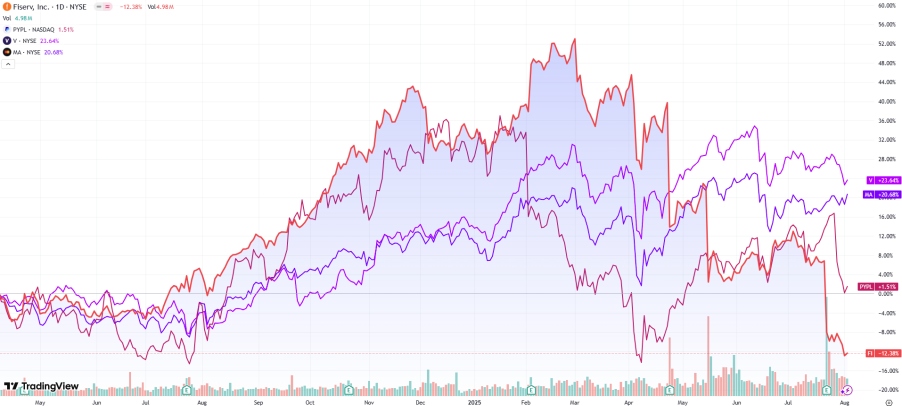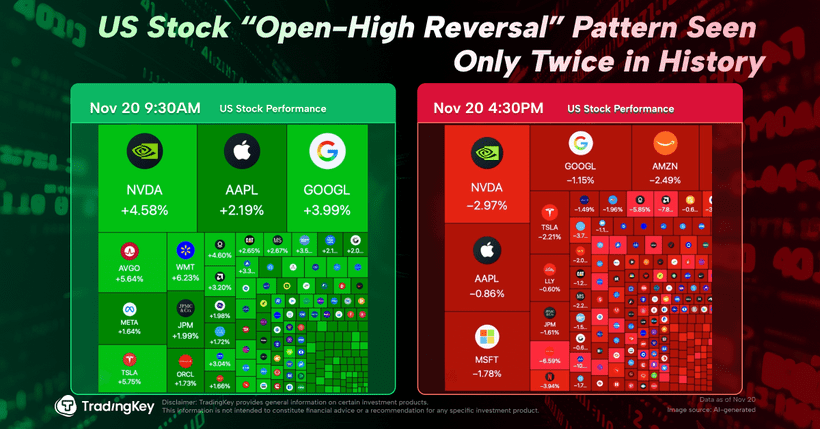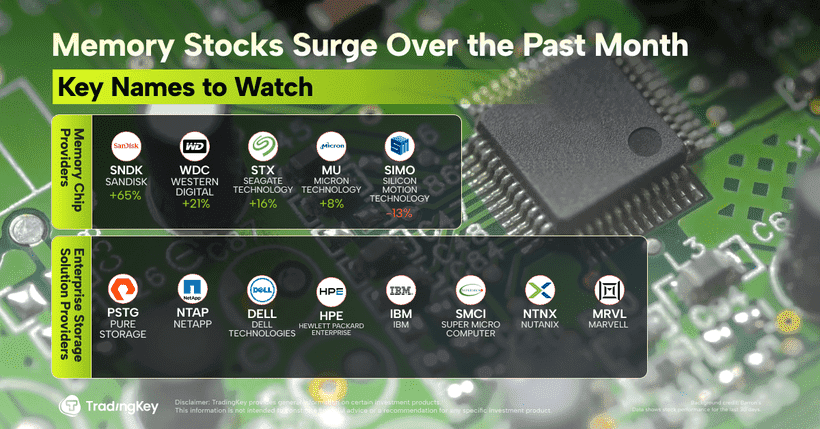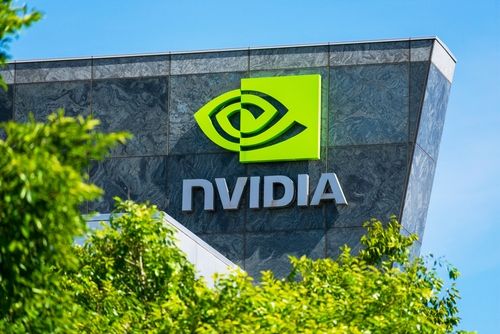Fiserv's Stablecoin Strategy: FIUSD Opens New Investment Opportunities

.jpg)
Investment Thesis
TradingKey - Fiserv, leveraging its global network spanning 10,000 financial institutions and 6 million merchants, combined with the FIUSD stablecoin and digital asset platform, potentially launching by the end of 2025, demonstrates its potential to transform from a traditional payment giant into a digital finance leader. FIUSD capitalizes on the low-cost and high-efficiency features of the Solana blockchain, expected to drive revenue diversification through transaction volume growth, interest income from reserve assets, and high-margin new products (such as digital asset custody). This will also optimize operational efficiency to enhance overall profitability. Despite short-term pressures on traditional payment revenues and regulatory risks, Fiserv’s economies of scale and strategic partnerships (e.g., with PayPal and Circle) establish a competitive edge in the digital asset market. The current PE valuation has not fully reflected FIUSD’s potential, and the DCF model predicts a target price of $173–$231, highlighting its investment value.

Source: TradingView
.jpg)
Source: Fiserv, TradingKey
Company Overview
Fiserv is a global leading fintech company, founded in 1984, headquartered in Milwaukee, Wisconsin, USA. Fiserv provides a wide range of services, including payment processing, mobile banking, and risk management, serving over 10,000 financial institutions such as banks, credit unions, securities brokers, mortgage companies, and insurance firms, with operations spanning more than 100 countries.
Industry Competition
As a key player in the B2B segment of the payment industry, Fiserv significantly enhances the efficiency and security of inter-business transactions through its dual roles. On one hand, as a merchant processor, Fiserv provides advanced POS systems (e.g., Clover) and payment processing services to retailers, chain stores, and other business clients, ensuring fast and secure payment acceptance from suppliers or customers. On the other hand, as an issuing bank processor, Fiserv, through its subsidiary First Data’s resale network, collaborates with banks like Chase and Wells Fargo to provide back-office support for business clients, handling transaction verification, fund deductions, and fee collection, thereby optimizing payment processes and settlement efficiency for businesses.
.jpg)
Source: lumosbusiness
The fintech and payment industry is highly competitive, with Fiserv facing challenges from major competitors such as PayPal, Global Payments, Mastercard, Block, Visa, Stripe, and Jack Henry & Associates. Each of these companies has unique strengths in payment processing, digital payments, and fintech solutions. Fiserv significantly strengthened its position in the payment processing market through its $22 billion acquisition of First Data in 2019. According to Strawhecker Group, Fiserv is the world’s second-largest payment processor, trailing only JPMorgan Chase, with significant advantages in merchant acquiring and card issuing processing. Its extensive product portfolio covers core banking services, payment processing, digital banking, and merchant services, further reinforced by strategic partnerships with companies like PayPal and Circle, enhancing its market competitiveness.
Despite its strong industry position, Fiserv’s year-to-date stock performance has significantly lagged behind Visa, Mastercard, and PayPal. The primary reasons include the Q2 2025 earnings report showing revenue below market expectations, a downward revision of full-year guidance, and the amplified negative impact of macroeconomic uncertainties on Fiserv’s previously high valuation. In contrast, Visa and Mastercard have benefited from robust growth in credit card processing and cross-border transactions, demonstrating stronger risk resilience, while PayPal has maintained strong market performance due to its leadership in digital payments and flexible business model.
Revenue Structure
Fiserv’s revenue model achieves diversification and balance through its two core reporting segments—Merchant Solutions and Financial Solutions. In Q1 2024, the company optimized its segment structure to enhance operational performance.
.jpg)
Source: Fiserv, TradingKey
Merchant Solutions: This segment focuses on providing comprehensive payment acceptance solutions for clients ranging from small and medium-sized enterprises to large corporations, with core products including modern POS devices, SaaS solutions, and integrated omnichannel operating systems. The Clover platform, a growth engine for the SME market, has significantly driven revenue growth due to its flexibility and innovation. The segment also provides processing services to financial institutions and third-party resellers, expanding market coverage. Despite relatively strong revenue growth in Q2 2025, driven by the Clover platform, the segment’s profit margin declined from 36.6% in Q2 2024 to 34.62%. This may be attributed to high operational costs from rapid expansion (e.g., Clover’s international promotion, entry into new verticals, and increased marketing expenses), as well as intense price competition in merchant acquiring and a shift in revenue toward lower-margin products.
Financial Solutions: This segment focuses on providing critical services to global financial institutions, corporate clients, and the public sector, covering digital payments (e.g., debit card processing, debit network services, bill payments, and P2P payment solutions like Zelle), issuing processing, and core banking platforms that support loan and deposit account processing. Compared to the Merchant Solutions segment, this segment’s profit margin in Q2 2025 improved from 45.8% in Q2 2024 to 48.63%, driven by excellent cost control, operational leverage, and a stable competitive environment, enabling efficient conversion of revenue growth into higher profitability. As Fiserv’s stable pillar, this segment provides consistent profitability and cash flow, supporting the company’s overall financial performance.
.jpg)
Source: Fiserv, TradingKey
While Fiserv’s overall profit margin has improved over the past few quarters, the margin disparity between the two segments reveals the dynamic nature of its business model. The Merchant Solutions segment, despite achieving higher revenue growth, may require sustained significant investment and could face profit margin fluctuations due to competitive pressures and expansion costs. In contrast, the Financial Solutions segment serves as a stable, high-margin pillar, providing consistent profitability and cash flow. This dynamic balance of revenue and profitability highlights Fiserv’s considerations in pursuing growth while maintaining profitability.
Growth Potential
The GENIUS Act provides a clear regulatory framework for stablecoins, specifying licensing requirements and reserve standards, reducing compliance costs and legal risks, and enabling qualified issuers to issue and promote stablecoins more easily. This not only attracts institutional clients but also drives the adoption of stablecoins at scale, eliminating barriers posed by prior regulatory uncertainties.
Although stablecoin infrastructure has been developing for years, its actual impact on retail payments remains limited. According to Visa data, retail-scale stablecoin transactions (small consumer transfers) have an annual transaction volume of approximately $5.6 billion, with about 118 million transactions, accounting for only 0.6% of adjusted transaction volume. In contrast, stablecoins show stronger potential in wholesale payment applications (e.g., corporate treasury management, cross-border settlements, and B2B transactions). Thus, while stablecoins may not fundamentally change how consumers pay for coffee, they are poised to reshape the efficiency and model of global capital transfers for businesses.
Current Market Pain Points
· B2C Scenarios: Individual users must overcome trust barriers with cryptocurrencies, download wallets or apps, and manage private keys, increasing time, education, and risk costs. This limits B2C stablecoin use to specific scenarios (e.g., gaming) rather than mainstream payments.
· B2B Scenarios: Corporate payments (e.g., cross-border settlements, supply chain financing, inter-business transfers) often involve high-value transactions, delays, and high fees. Stablecoins offer instant settlement, low-cost transactions, and global interoperability, significantly optimizing processes. With clear regulations and mature infrastructure, businesses can quickly integrate stablecoins into existing systems without requiring extensive user education.
FIUSD’s Strategic Positioning
· FIUSD is a dollar-pegged stablecoin announced by Fiserv in June 2025, set to launch by the end of the year, built on the Solana blockchain and integrated with Circle and Paxos’ compliant infrastructure. It focuses on providing blockchain-driven payment solutions for banks and merchants, supporting real-time settlement, low-cost transactions, and programmable payments.
· FIUSD offers significant advantages for Fiserv, where B2B business constitutes a substantial portion. Leveraging its global network covering 10,000 financial institutions, 6 million merchants, and processing 90 billion transactions annually, Fiserv integrates FIUSD into its existing infrastructure to enhance B2B payment efficiency and achieve interoperability with stablecoins like PayPal’s PYUSD, marking a critical step in Fiserv’s transformation toward blockchain-based finance.
Revenue Growth Drivers
· Transaction Volume Growth: FIUSD supports 24/7 instant settlement, streamlining payment processes and increasing efficiency, expected to significantly boost transaction volumes on Fiserv’s network.
· Reserve Asset Interest Income: Backed by high-liquidity assets like U.S. Treasuries, FIUSD allows Fiserv to generate stable interest income from reserve asset investments.
· New Product and Service Revenue: FIUSD will generate revenue from transaction fees, custody services, and asset tokenization, enriching Fiserv’s revenue structure.
· Partnership Ecosystem Revenue: Through collaborations with PayPal, Mastercard, Circle, and Paxos, FIUSD can reach 15 million merchants globally, creating shared transaction revenue or new collaborative income streams.
Operational Efficiency and Margin Optimization
· Reduced Transaction Costs: Stablecoin transaction costs are significantly lower than traditional payment clearing and banking fees, particularly for cross-border payments, reducing operational costs. Blockchain’s instant settlement capabilities further reduce friction costs, boosting margins.
· High-Margin Services: Digital asset services (e.g., custody and trading platforms) offer higher margins than traditional payment businesses due to high technical barriers, alleviating profit pressures from fee competition in traditional payments.
· Economies of Scale: FIUSD leverages Fiserv’s existing infrastructure and client network, enabling revenue growth without significant incremental investment, further enhancing margins.
Customer Stickiness and Market Expansion
· Enhanced Customer Stickiness: FIUSD’s digital asset management features (e.g., real-time treasury management and cross-border settlements) strengthen Fiserv’s relationships with existing clients, reducing churn and solidifying its core infrastructure position.
· Attracting New Customers: FIUSD’s compliance and “bank-friendly” design attract small and medium-sized financial institutions previously hesitant about digital assets, enhancing their payment capabilities, expanding Fiserv’s client base, and driving service demand and revenue growth.
Valuation
Through the launch of FIUSD and its digital asset platform, Fiserv demonstrates strategic foresight in digital finance, expected to achieve multidimensional revenue growth and margin improvement through transaction volume growth, diversified revenue, new product development, partnerships (e.g., with Mastercard and PayPal), and operational efficiency gains. FIUSD will deepen client relationships, attract new customers, and lay the foundation for high-growth areas like tokenized deposits. Despite short-term pressures on traditional payment revenues and regulatory risks, Fiserv’s global network spanning 10,000 financial institutions and 6 million merchants, combined with its technological advantages, positions it to dominate the digital asset market. The current PE is at historical average levels but does not fully reflect FIUSD’s positive factors. Based on the DCF model, we estimate a target price of $173–$231, indicating upside potential in valuation.
.jpg)
Risk
While FIUSD presents significant opportunities for Fiserv, several potential risks could impact its fundamentals in the short or medium term:
· Traditional Payment Revenue Pressure: FIUSD’s low-cost transactions may encourage clients to shift from traditional payment methods to stablecoin payments, potentially reducing transaction volumes or fees in traditional payments. This could create short-term revenue pressure, particularly in the Merchant Solutions segment, especially in fee-sensitive markets.
· Regulatory and Compliance Risks: Although FIUSD adopts a “bank-friendly” design, the stablecoin and digital asset space remains subject to strict regulatory scrutiny. Any adverse regulatory changes could increase compliance costs or limit FIUSD’s adoption pace.
· Technological and Competitive Risks: While the choice of the Solana blockchain provides speed and cost advantages, the rapid evolution of blockchain technology may introduce new competitors or technological substitution risks. Fiserv must continue investing to maintain its technological leadership.
.png)







